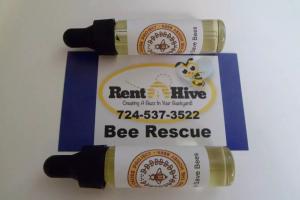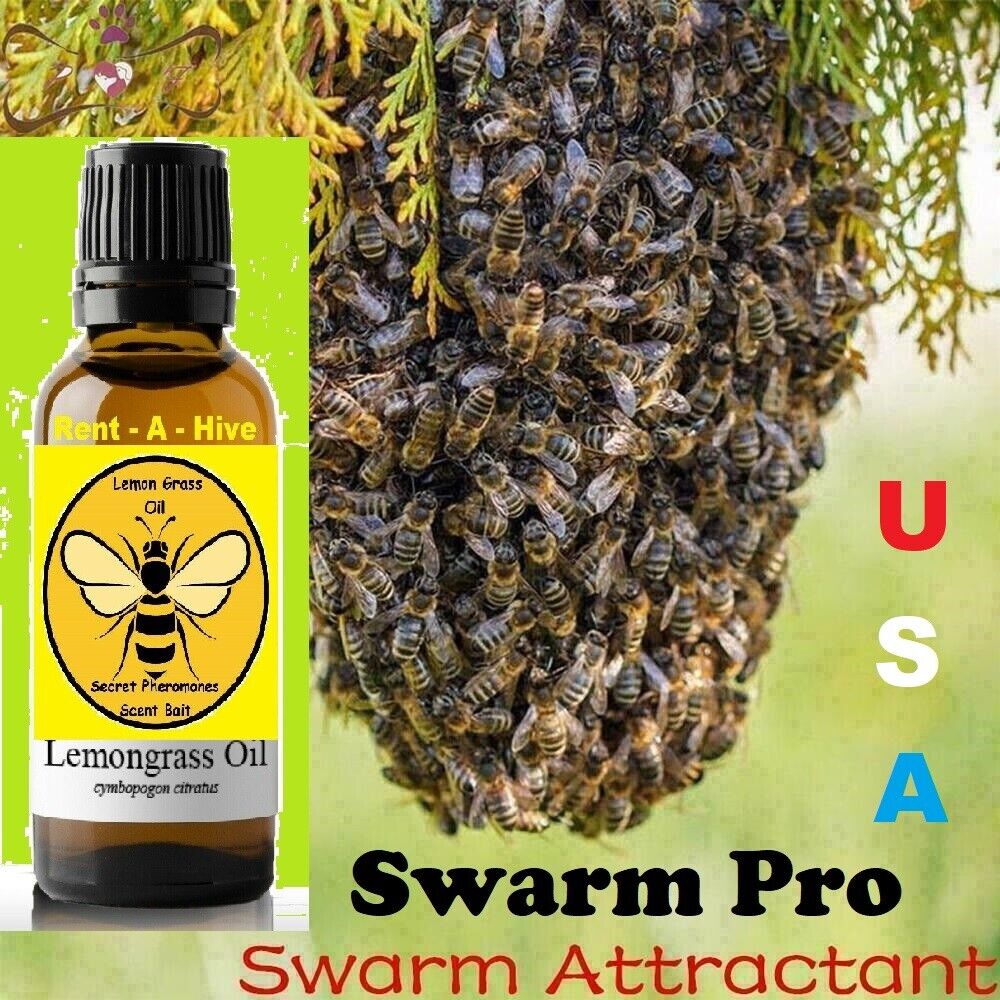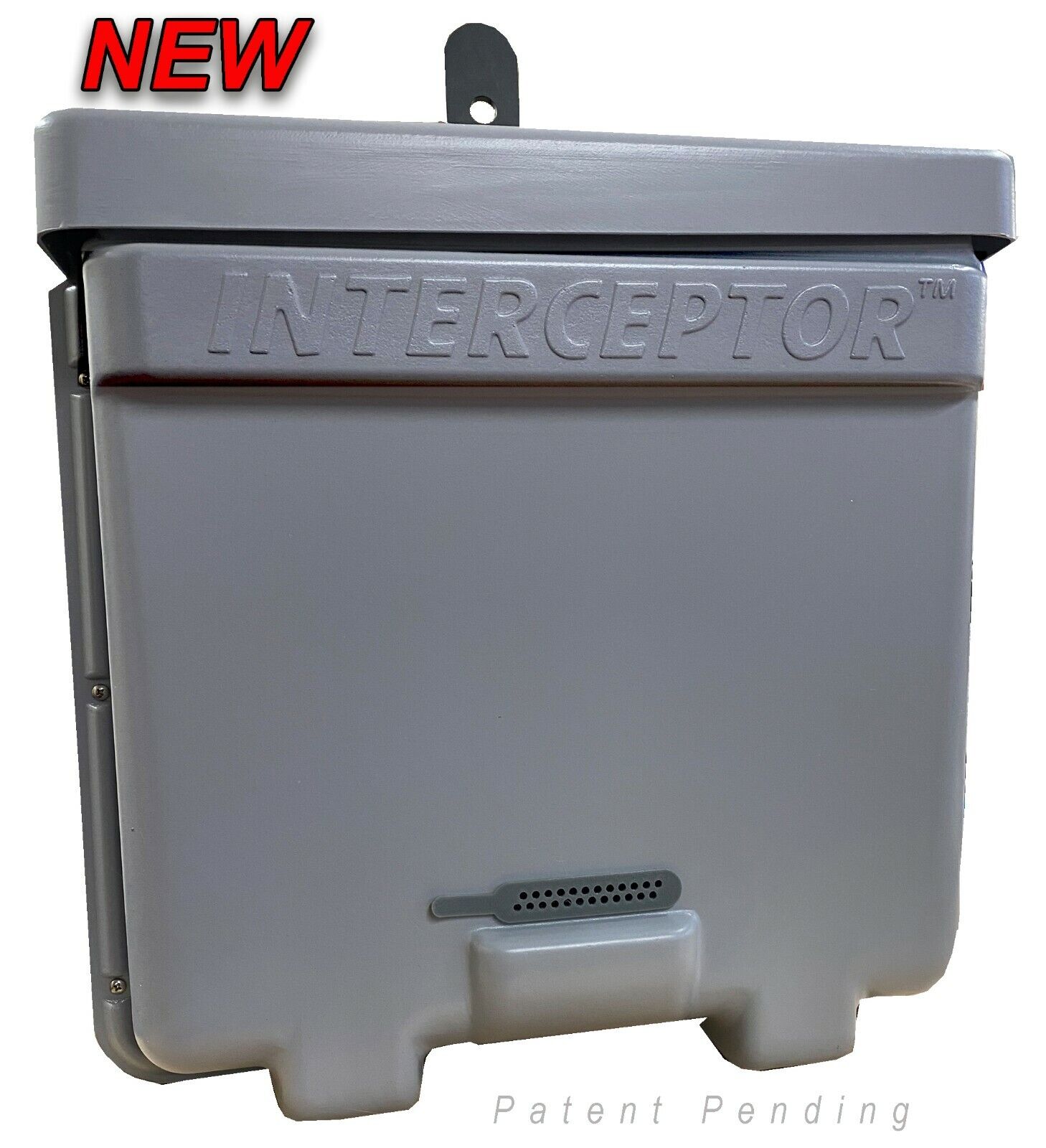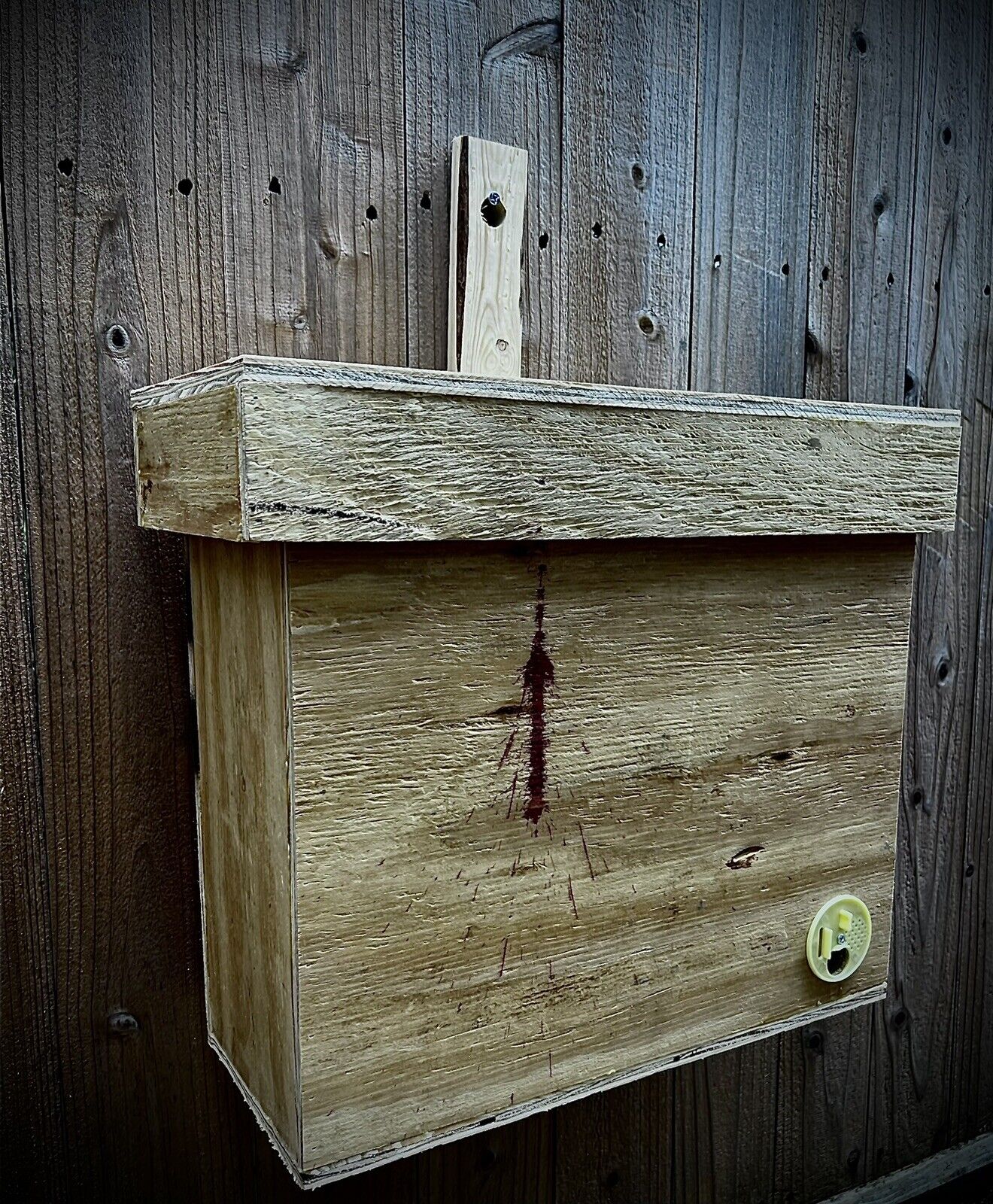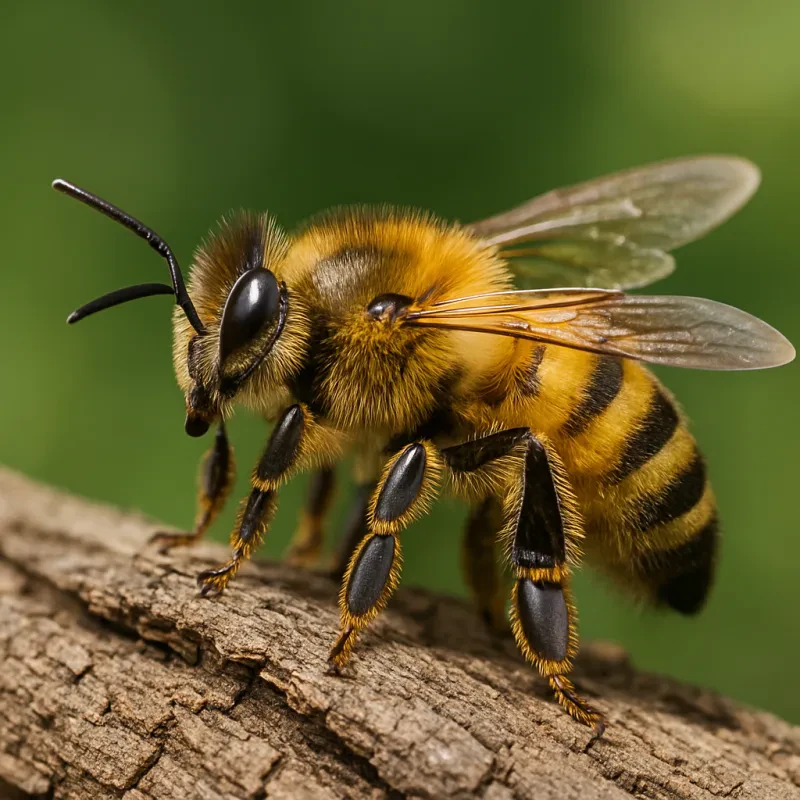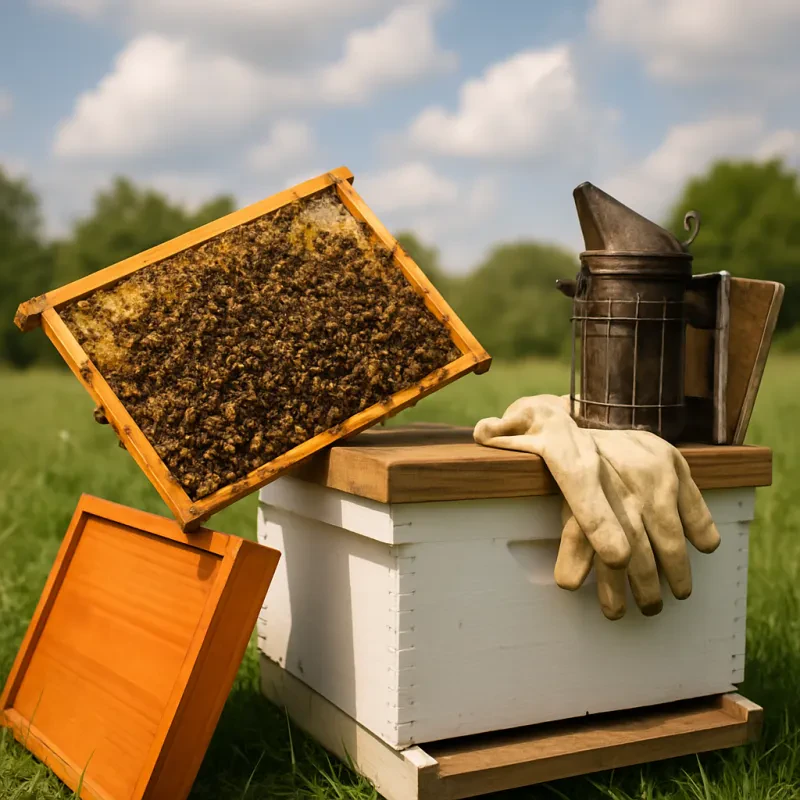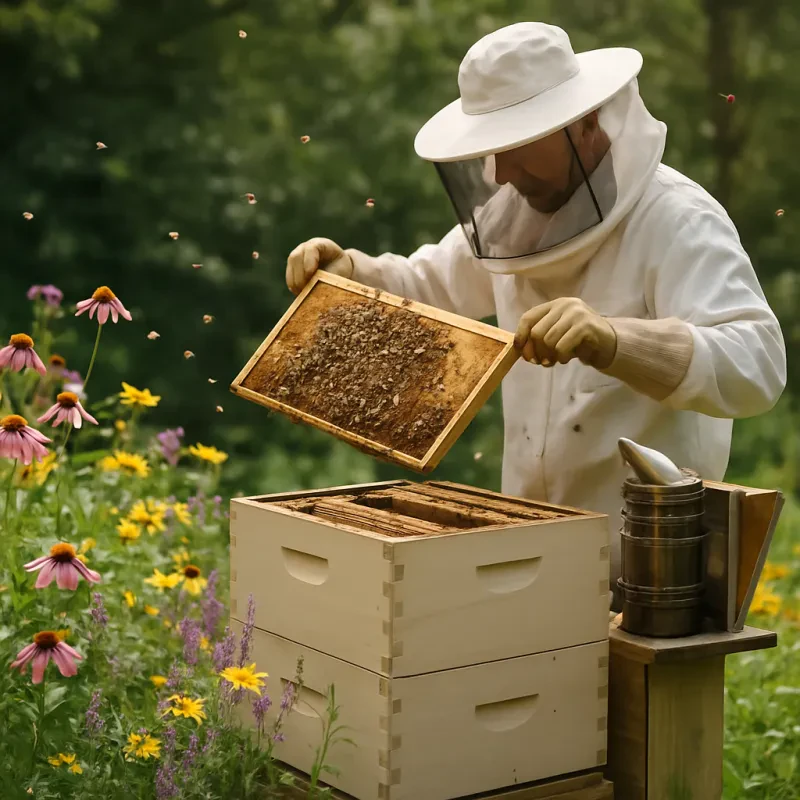Once you identify a possible hive, it’s a good idea to watch from a safe distance. Observe the bee traffic—lots of bees coming and going usually means a thriving hive nearby. Pay attention to the time of year as well; bees are more active in warmer months, so that’s when you’re most likely to spot them.
If you’re unsure or feel nervous about getting too close, don’t hesitate to call in a local expert in honey bee hive removal. They can safely assess the situation and remove the hive without harming the bees, preserving the ecosystem and keeping your home safe at the same time. Just remember, these bees play a crucial role in our environment!
Signs You Need Bee Hive Removal
Not sure if it’s time to call for honey bee hive removal? There are a few signs that might give you a clue. First, keep an eye out for increased bee activity around your property. If you’re seeing more bees buzzing around your garden or porch, it might mean there’s a hive nearby.
Another big indicator is if you spot bees entering and exiting small holes in your walls, trees, or under your roof. This is a clear sign they’ve set up a home nearby. Even if they look harmless, it’s best not to wait too long.
If you hear a humming sound coming from your walls or a concealed area, it’s another warning sign. Bees make a distinct noise when they’re busy in their hive, and if you can hear it, that means their buzzing is getting louder. This is when honey bee hive removal should be seriously considered.
Lastly, if you or anyone around starts experiencing allergic reactions, such as hives or breathing difficulties, it’s crucial to act swiftly. Remember, while honey bees are generally not aggressive, they will defend their hive if they feel threatened. Getting professional help for honey bee hive removal is the safest approach in such cases.
Safe Methods for Bee Hive Removal
Removing a honey bee hive can feel overwhelming, but there are safe methods to tackle the job without harming the bees or yourself. First off, it’s important to remember that honey bees are beneficial for the environment, so humane removal is the way to go. This not only keeps you safe but also helps preserve these amazing pollinators.
One popular approach is to hire a professional bee removal service. These folks know their stuff and are trained to handle hives safely. Plus, they can sometimes relocate the bees instead of exterminating them. Look for local beekeepers or pest control companies that specialize in honey bee hive removal; they often have the right tools and experience to do the job properly.
If you’re feeling brave and knowledgeable about bees, you could try a DIY method. Always ensure you're wearing protective gear like a bee suit, gloves, and a veil. At dusk or dawn, when bees are less active, you can gently smoke the hive to calm them down. Then, using proper tools, you can carefully remove the hive. Just make sure to relocate the bees as soon as possible to avoid any aggression.
Make sure to check local regulations about honey bee hive removal before you start. In some areas, bees are protected, so it’s critical to know the laws to avoid any fines. Whether you choose to DIY or hire a pro, the key is to prioritize safety—for both you and the bees!
What to Do After Removal
Once the honey bee hive removal is complete, it's important to take a few steps to ensure the area is safe and secure. First and foremost, check the area where the hive was located. Look for any bees that might be lingering around. If you notice any stragglers, it can be useful to wait a little while to see if they disperse on their own. If they seem to stick around, you may want to consult a local beekeeper or pest control expert for advice.
Next, it’s time to clean the area thoroughly. Honey and beeswax can attract other insects if left behind. So, use warm soapy water to scrub away any remnants of the hive. This will help keep your yard or property pest-free in the future.
Don’t forget to seal off any entry points. Bees are persistent little creatures, and if they find a way back in, they might just set up shop again! Make sure to check for cracks or gaps in walls or eaves and seal them properly. A little preventive work now can save you some hassle down the road.
Lastly, consider planting flowers away from the area where the hive was removed. This can help divert any wandering bees to a more suitable spot, and it keeps your outdoor space buzzing with activity – just not too close to your home. Taking these steps after honey bee hive removal can help ensure your space remains safe and enjoyable!
